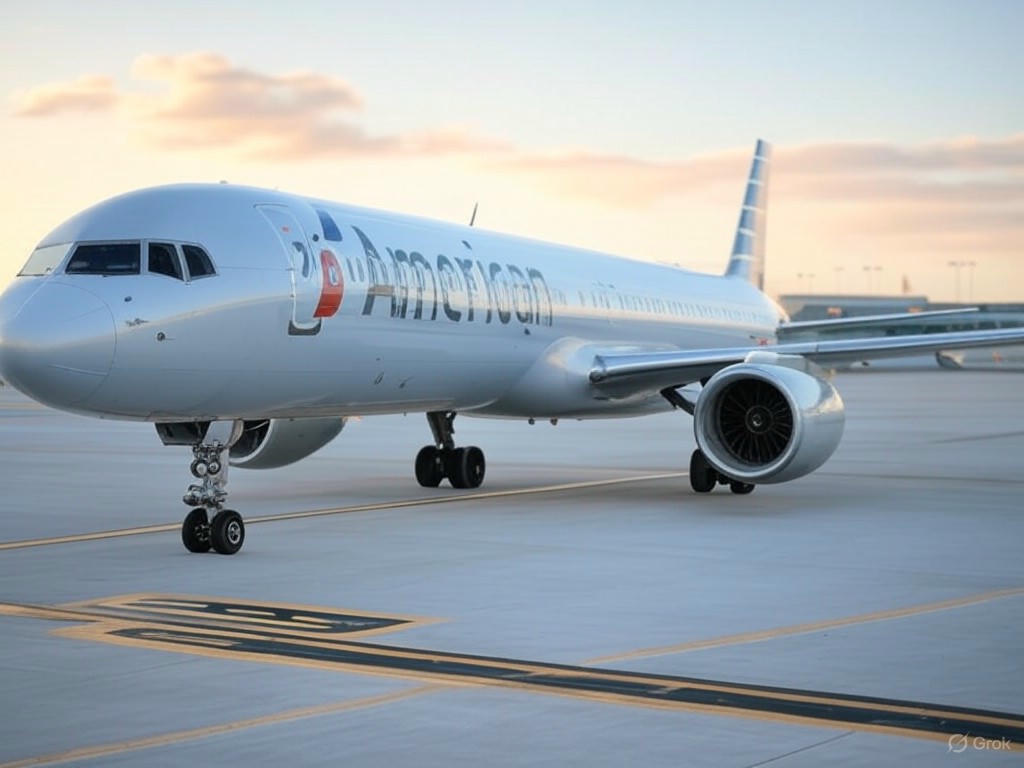Sky High Misstep: American Airlines’ Oversized Plane Denied Landing in Italy
In a surprising turn of events, American Airlines recently found itself in an awkward predicament when one of its planes, bound for Naples, Italy, was deemed too large for the destination airport. The aircraft, a variant of the Boeing 787 typically not used on this route, was diverted mid-journey due to what the airline described as ‘operational constraints.’ This incident has sparked discussions about airline logistics, aircraft selection, and the importance of aligning fleet capabilities with airport infrastructure.
The flight, which originated in the United States, was en route to Naples International Airport, a facility known for its relatively compact size and specific runway limitations. While American Airlines regularly operates flights to this Italian city, it generally deploys a different model of the Boeing 787, one better suited to the airport’s constraints. On this occasion, however, the airline opted for a larger variant, a decision that ultimately led to the plane being barred from landing. Instead, the aircraft was rerouted to an alternative location, leaving passengers and crew in a frustrating limbo. Details on the exact reasons for the aircraft swap remain unclear, but the incident highlights the complexities of managing international flight operations.
This blunder raises broader questions about how airlines balance operational efficiency with the unique demands of smaller airports. Naples, while a popular destination for tourists seeking to explore the Amalfi Coast and historic Pompeii, does not have the capacity to handle some of the larger wide-body jets that dominate long-haul routes. Industry experts suggest that such mismatches could stem from last-minute equipment changes, scheduling errors, or even miscommunication between airline operations and airport authorities. Whatever the cause, the result was a significant inconvenience for passengers, who likely faced delays, rebookings, or unexpected layovers at the diverted location.
American Airlines issued a statement acknowledging the diversion, attributing it to ‘operational limitations’ without elaborating further. The airline assured affected customers that it was working to minimize disruptions, but the incident serves as a reminder of the intricate puzzle that is global aviation. From fuel costs to passenger demand, airlines must juggle countless variables, and even a single misstep—like deploying an oversized aircraft—can ripple through the system. Smaller airports, often key gateways to tourist hotspots, add another layer of challenge, as their infrastructure may not always keep pace with the evolving size and specifications of modern aircraft.
As the aviation industry continues to recover and expand post-pandemic, stories like this underscore the need for precision in planning. American Airlines will likely review its processes to prevent similar occurrences, while passengers may grow more curious about the behind-the-scenes decisions that shape their travel experiences. For now, this incident stands as a cautionary tale of what happens when a plane’s ambition exceeds an airport’s limits, proving that in the world of aviation, size does indeed matter.


